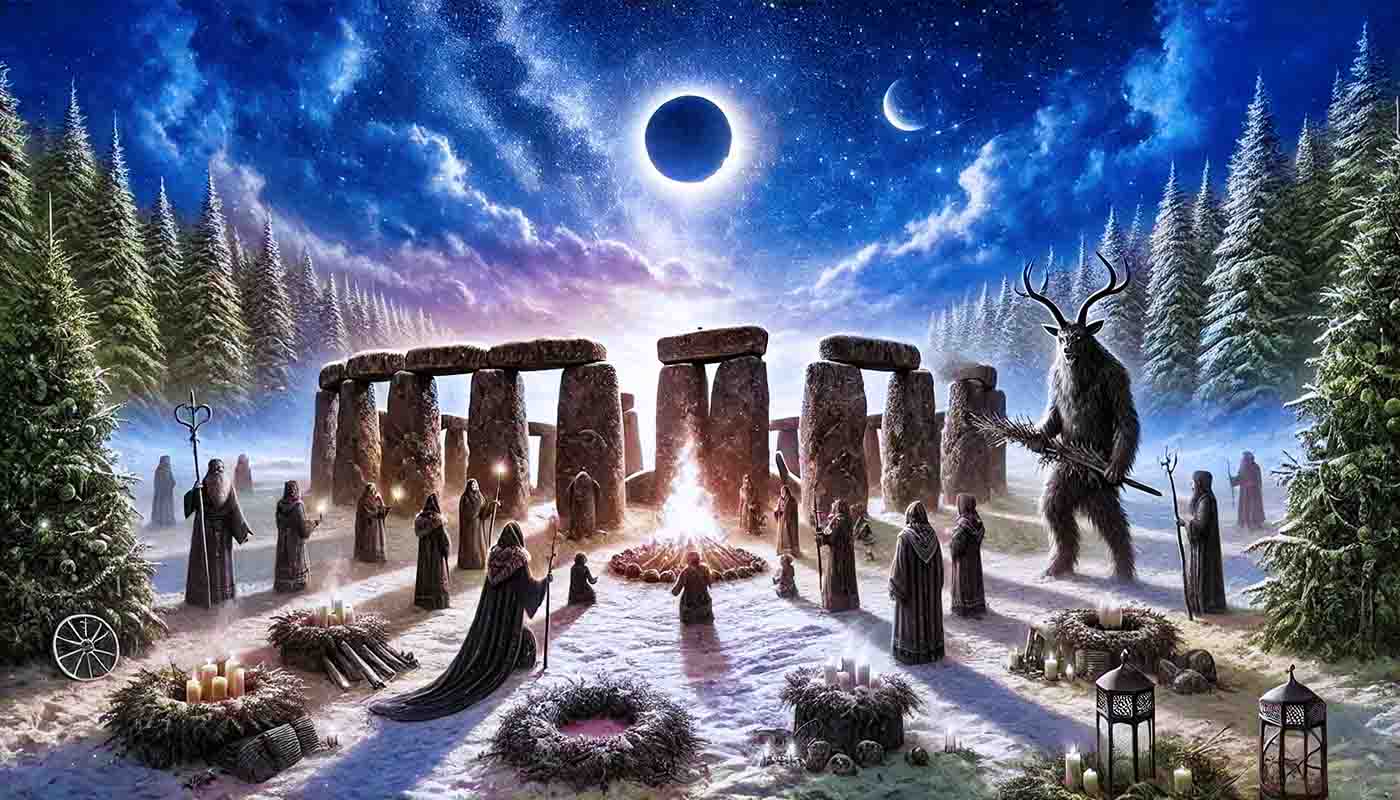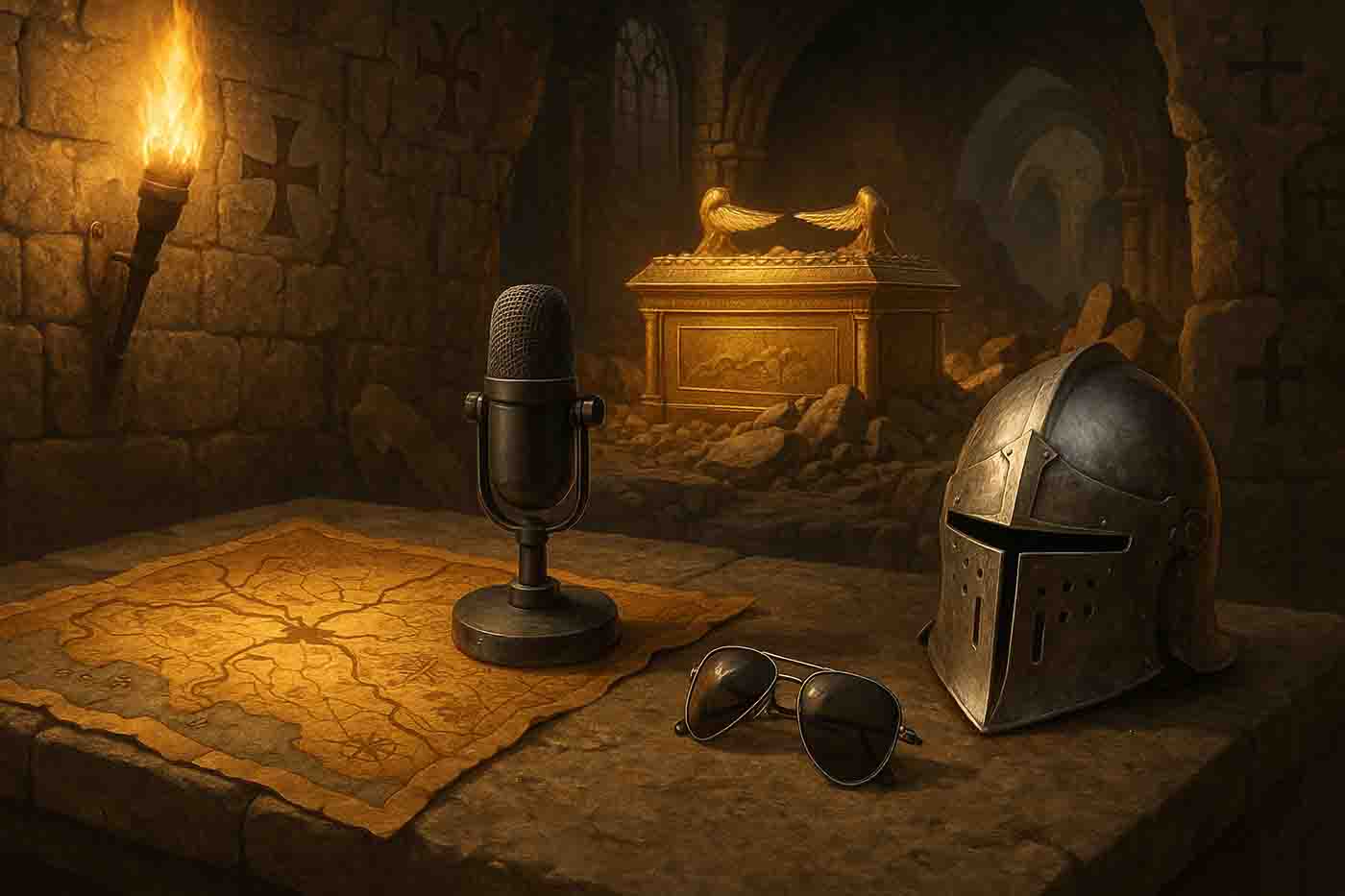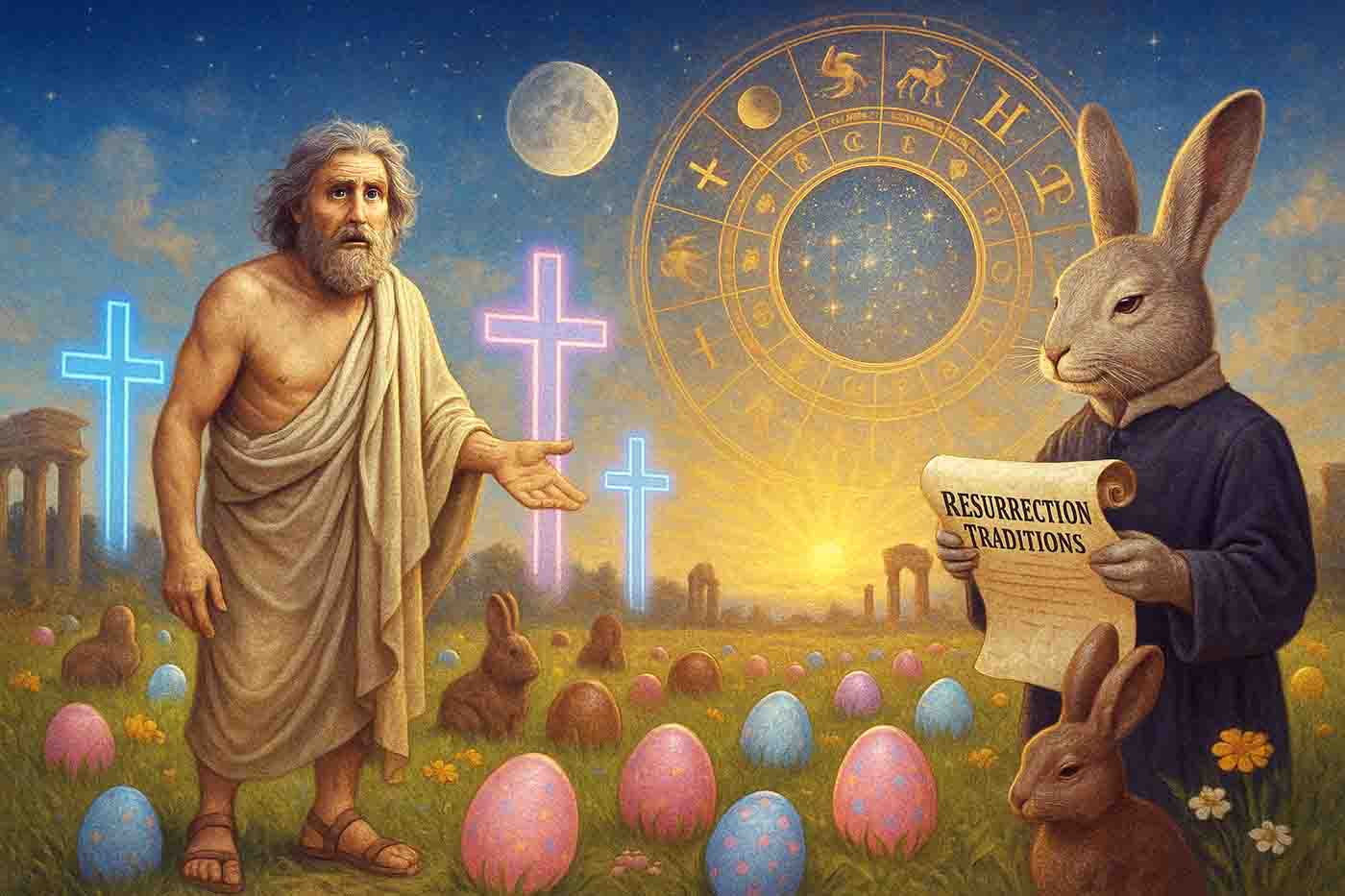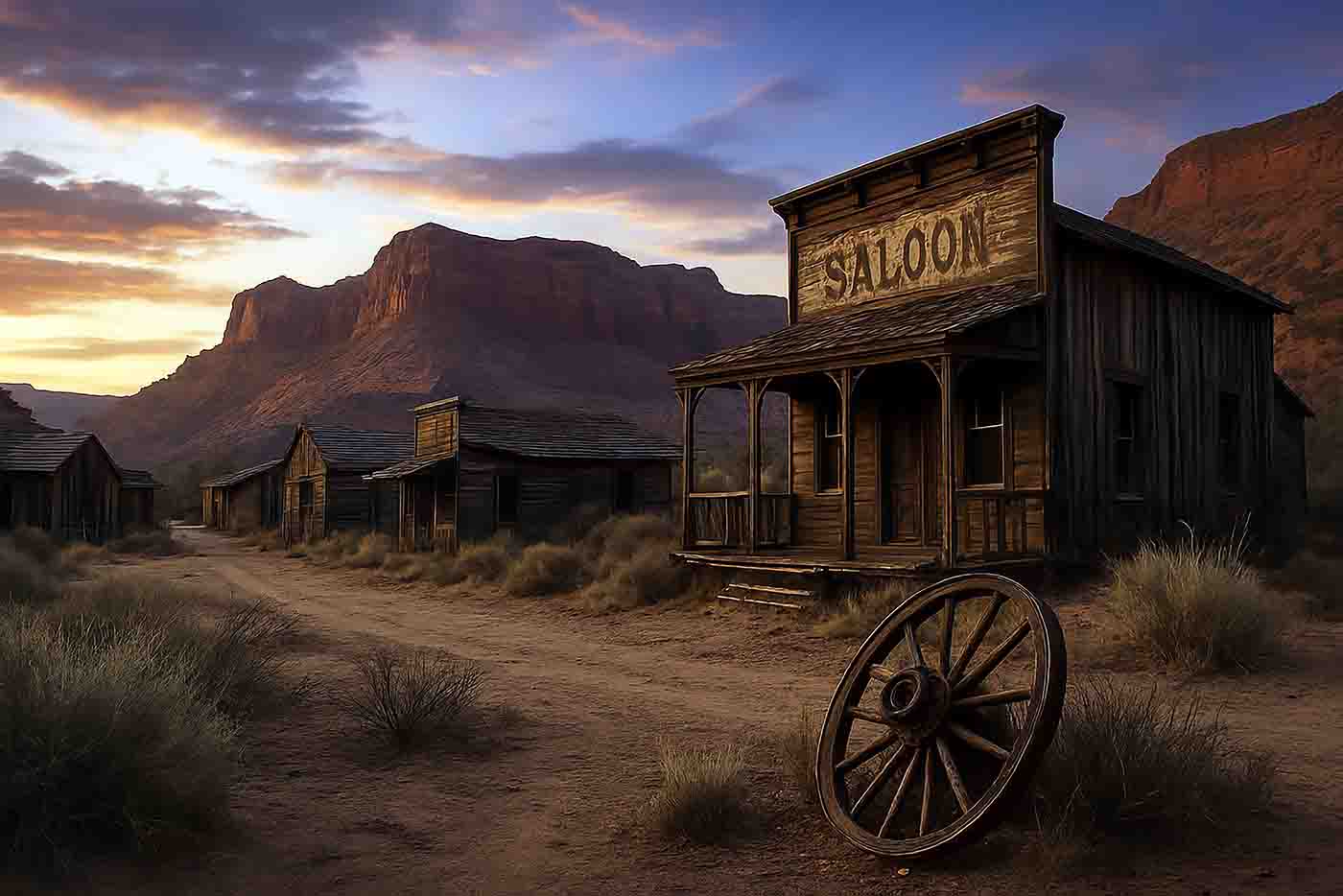Winter Solstice: Mysteries of the Season
The winter solstice, marking the shortest day and longest night of the year, has been celebrated for centuries across cultures. It typically occurs around December 21 or 22 in the Northern Hemisphere and signifies a turning point where daylight begins to increase. The solstice holds astronomical significance, reminding us why accurate calendars matter. Calendars help synchronize human activity with celestial cycles, ensuring everything from agriculture to religious rituals aligns with nature.
For Pagans and Wiccans, the solstice, or Yule, is a time to honor the rebirth of the sun. These traditions often involve lighting candles or bonfires to symbolize the return of light and decorating homes with evergreens, which represent eternal life. Sound familiar? That’s because many modern Christmas customs, like hanging wreaths and decorating trees, trace back to these ancient practices. Wiccans might also conduct rituals or feasts to connect with nature and deities, celebrating themes of renewal and hope.
Enter Krampus, the dark, mischievous counterpart to St. Nicholas. Rooted in Central European folklore, Krampus is a goat-like figure who punishes naughty children during the Christmas season. While Santa rewards the well-behaved with gifts, Krampus serves as a reminder that bad behavior has consequences—albeit with a terrifying twist. In recent years, Krampus has enjoyed a cultural resurgence, with parades and festivals celebrating his creepy charm.
Stonehenge, the iconic prehistoric monument in England, plays a starring role during the winter solstice. Its alignment with the sun suggests it served as a type of ancient calendar. On the solstice, the sun rises and sets perfectly in line with the massive stones, demonstrating the builders’ advanced understanding of astronomy. Today, modern-day Pagans, Druids, and curious onlookers gather at Stonehenge to watch the sunrise, continuing a tradition that connects us to ancient peoples’ reverence for the natural world.
In blending astronomy, folklore, and ritual, the winter solstice reveals our enduring fascination with the cosmos and the cycles of life. Whether you’re lighting a Yule log, watching Krampus haunt the streets, or marveling at Stonehenge’s timeless precision, the solstice reminds us of the profound connection between human tradition and the turning of the Earth.
Winter Solstice: Mysteries of the Season Winter Solstice: Mysteries of the SeasonWinter



